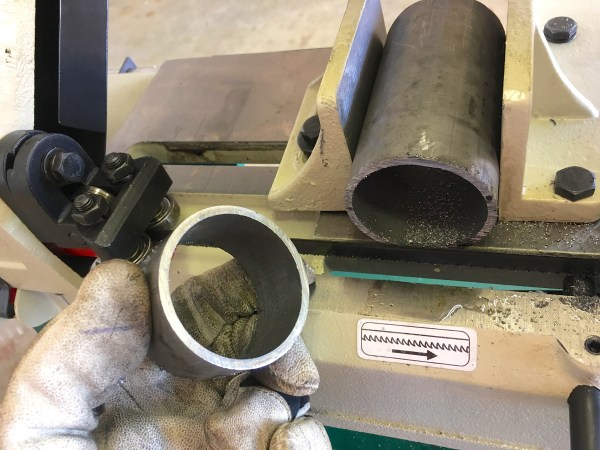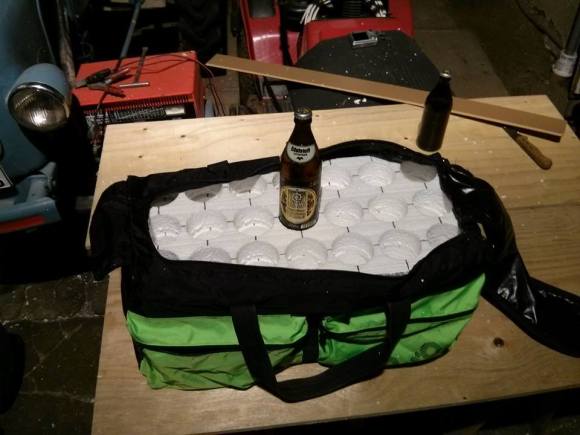Update: The USPS has now resumed acceptance of inbound packages from China. According to the updated Service Alert, they are currently working with Customs and Border Protection to “implement an efficient collection mechanism for the new China tariffs.’
Some troubling news hit overnight as the United States Post Office announced via a terse “Service Alert” that they would suspend acceptance of inbound parcels from China and Hong Kong Posts, effective immediately.
The Alert calls it a temporary suspension, but gives no timeline on when service will be restored. While details are still coming together, it seems likely that this suspension is part of the Trump administration’s Chinese tariff package, which went into effect at midnight.
Specifically, the administration looks to close the “de minimis” exemption — a loophole which allowed packages valued under $800 USD to pass through customs without having to pay any duties or fees. Those packages will now not only be subject to the overall 10% tax imposed by the new tariff package, but will now have to be formally processed through customs, potentially tacking on even more taxes and fees.
The end result is that not only will your next order of parts from AliExpress be more expensive, but it’s likely to take even longer to arrive at your door. Of course, this should come as no surprise. At the end of the day, this is precisely what the administration aims to accomplish with the new tariffs — if purchasing goods from overseas is suddenly a less attractive option than it was previously, it will be a boon to domestic suppliers. That said, some components will be imported from China regardless of who you order them from, so those prices are still going to increase.
Other carriers such as FedEx and UPS will also have to follow these new rules, but at the time of this writing, neither service had released a statement about how they intend to comply.














